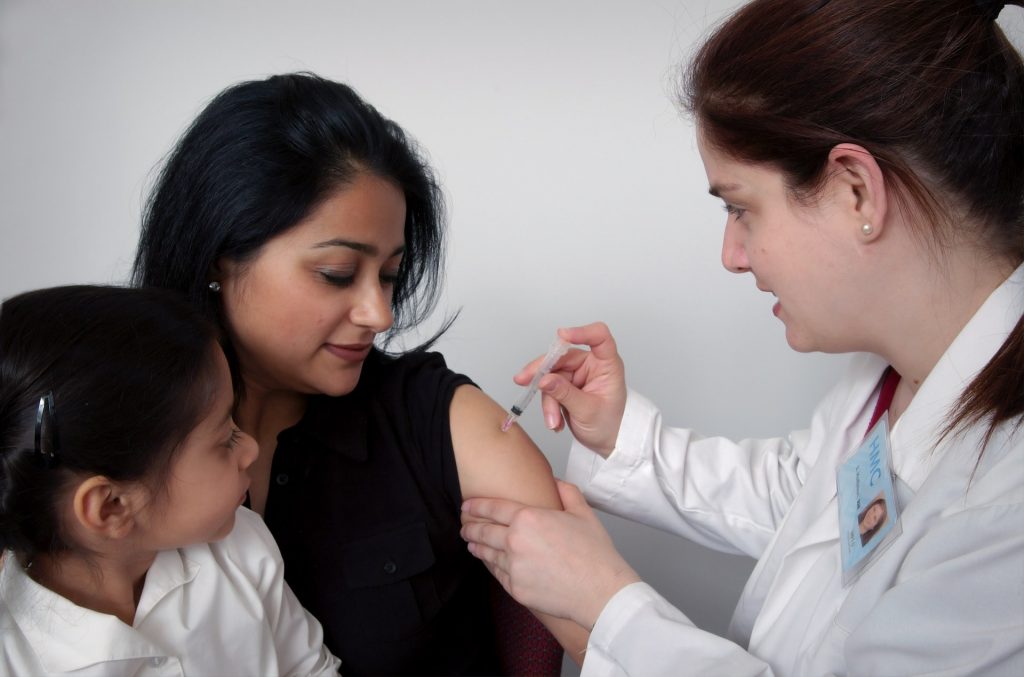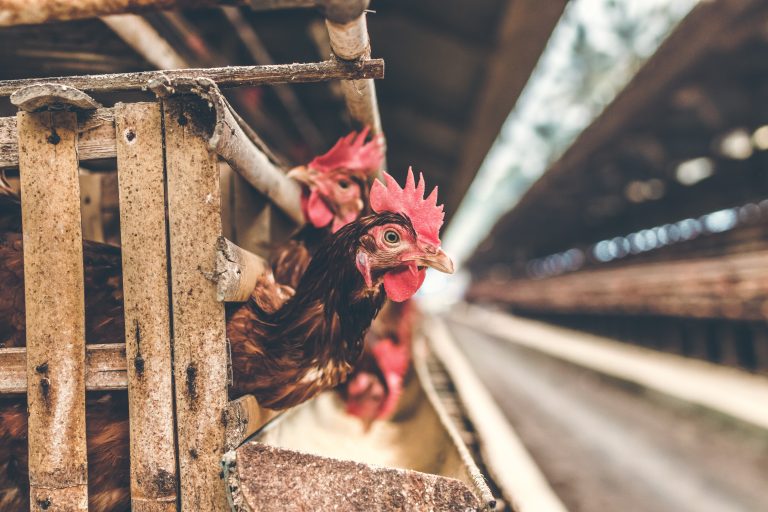Vaccine Economics: Where Profit and Public Health Collide
Abstract: This video explores the race to develop a vaccine to protect against COVID-19. Since the beginning of the pandemic, there has been intense pressure to find a vaccine that will limit the spread of the disease. More than 160 companies from around the world are currently involved in vaccine research and several companies have indicated through their clinical trials that they may be close to a viable product. While vaccine research is typically a slow and costly process, governments from Europe, Japan, and the United States have all committed significant resources as an incentive to work toward a solution to the common enemy. Already, the companies that are leading the pack are receiving significant publicity across the globe. While some have promised to make their vaccine available at cost, other have suggested that they would like to make a profit on sales of theirs, leading to questions over the ethics of developing a vaccine using government funds, yet still making a profit. Concerns have also arisen over the potential safety and efficacy of a vaccine that is rushed to market prompting a highly unusual joint statement from pharmaceutical companies that their biggest priority is to ensure proper protocols have been followed. Even once a vaccine is available, distributing it to the world’s 7.5 billion people promises to be a monumental challenge. Despite the efforts of medical supply companies to boost production, supply chain concerns abound given that much of the world’s medical supplies are produced in countries like China.
Discussion Questions:
- It is sometimes said that it takes a village to accomplish a goal. In this case, it may take a world. Discuss the cooperation among countries and companies to develop and distribute a vaccine against COVID-19. How has the threat of a global economic disaster prompted this cooperation? Could it promote greater cooperation in other global crisis situations such as protecting the environment? Explain.
- Discuss the value of the global publicity gained by pharmaceutical companies in their quest for a COVID-19 vaccine. Does gaining public trust as a successful producer of a COVID-19 vaccine give a company greater credibility in other pharmaceutical products? How might publicity for a company like Pfizer or AstraZeneca be important in developing countries?
- Consider the ethics of developing and distributing a vaccine in a global pandemic. Should companies like Pfizer and Moderna be able to profit from government funded research or should they be required to provide their product at cost? Should governments be required to make the vaccine available to citizens free of charge? Why or why not?
Notes: The big business of pharmaceuticals has been front page news for months thanks to the global coronavirus pandemic. The urgent need for a vaccine prompted the development of Operation Warp Speed a program designed to get a viable vaccine to market as soon as possible. Since March, the United States has provided some $10 billion to companies working around the clock to develop a vaccine. So far, of the 160 groups working on a vaccine, three companies – Moderna, AstraZeneca, and Pfizer – have already entered phase three of their trials, an unprecedented effort in an unprecedented time. Vaccine development usually takes at least ten years, but the goal of Operation Warp Speed is to beat that time frame by as much as 8 years by enabling companies to simultaneously conduct steps that would normally only be completed in a sequential fashion. So, for example, rather than waiting for conclusive evidence of the viability and effectiveness of a vaccine before manufacturing it, companies are producing the vaccine while still conducting clinical trials with the hope that they will be ready to begin distribution as soon as its efficacy is proven.
Vaccine development is typically a costly business. In fact, many pharmaceutical companies forgo research in the area because the chance of failure is so high relative to the potential for revenue generation. In the case of the COVID-19 pandemic, that risk has been mitigated thanks to government funding for research and guaranteed contracts for distribution. In addition to U.S. government support for research along with guarantees of purchases, significant financial backing has also come from other governments including the United Kingdom, the European Union countries, and Japan. Indeed, the effort across the globe to stop the pandemic has resulted in the type of cooperation among countries reminiscent of an earlier era in which countries put aside their differences to fight a common enemy. The enormity of the assistance being provided to help companies develop a viable vaccine has attracted the attention of organizations that typically avoid vaccine research and provided an incentive for them to join the race.
Countries are not the only ones working together to solve a shared problem. The pandemic has also encouraged cooperation among companies that are fierce rivals in other areas. Recently, several of the leading pharmaceutical companies issued a joint statement that they will not seek regulatory approval for a vaccine until their trials confirm that their product is safe and effective. The unusual statement was made amid concerns that Donald Trump could push for a vaccine to go to market prior to it being fully vetted. However, there are differences in the strategies of the pharmaceutical companies especially in terms of pricing. While most companies have indicated that they will make their product available at cost, two leaders in the race, Pfizer and Moderna, have suggested that they will look to earn a profit, raising ethical questions as to whether companies should benefit at the expense of taxpayer dollars. Moreover, the nature of the pandemic suggests that companies involved in finding a vaccine, and especially those that are successful, stand to benefit enormously from free global publicity. Somewhat lost in the push for a vaccine are the companies that have stepped up their operations to produce the billions of glass vials, syringes, and other equipment that will be needed to distribute a vaccine once it becomes available. Currently, most medical supplies are sourced from low cost labor countries like China raising supply chain concerns as disruptions to global shipping resulting from the pandemic and from the U.S. – China trade war continue to create uncertainty in manufacturing. Like other countries, the United States has awarded federal contracts to medical supply companies to help boost inventories of necessary equipment. Indeed, despite the gargantuan efforts by everyone involved in developing a COVID-19 vaccine, the bigger challenge may ultimately be distributing it to the 7.5 billion people across the globe.














